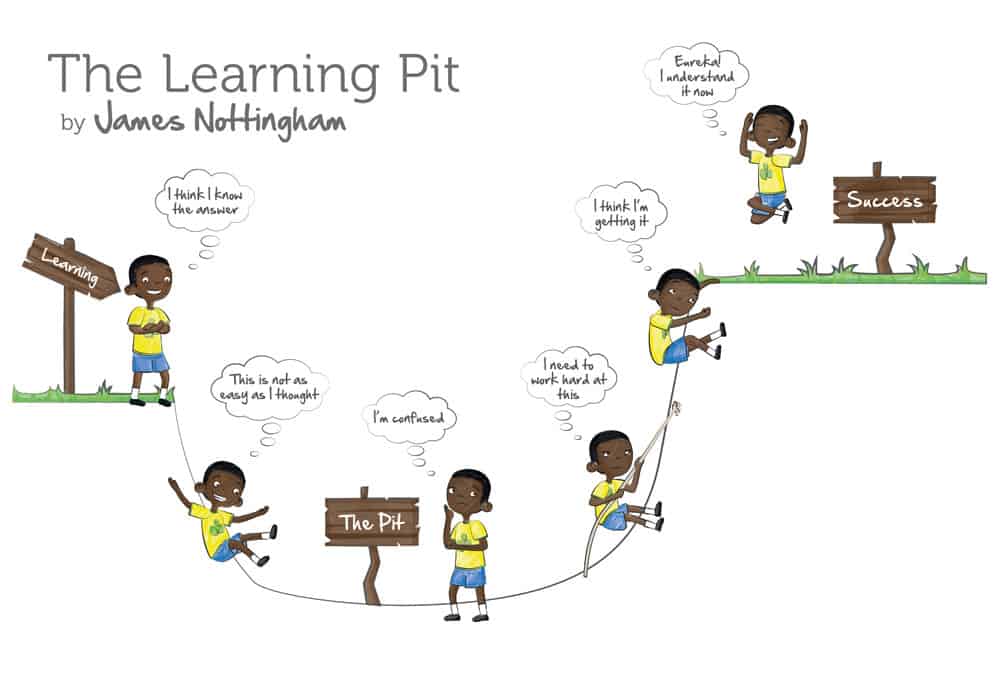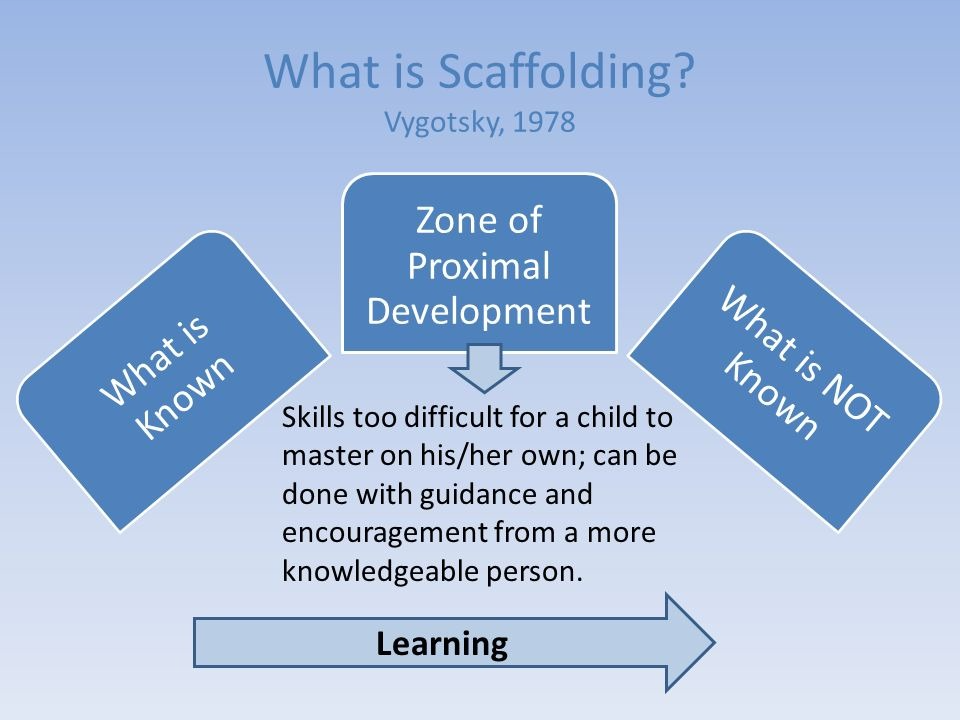What came first the chicken or the egg?
This is a quote from Shawn Achor’s thought-provoking book, The Happiness Advantage. It’s an easy read that has encouraged me to reflect upon how I approach not only my own life but how I approach my teaching times. In this blog, I will outline the effects of happiness on learning, discuss the 7 principles of the Happiness Advantage, and share some ideas on how we can start implementing it with our children so they can benefit from a life filled with joy and striving.
The entire premise of the book starts out with the intention to debunk that happiness is a product of being successful. Achor takes time to outline numerous longitudinal studies that help you to come to the conlcusion that happiness, must, be the reason for not only success, but health and wellbeing too!

Joy Brings Health and Happiness
One of my favourite anecdotes is about nuns from the School Sisters of Notre Dame.
All born before 1917, in their early 20s, the nuns were asked to journal in an autobiographical diary. Decades later, researchers collected the journals and used them to determine whether the level of happiness presented within the journals impacted the level of health the nuns experienced.
Yup! You guessed it,
“The nuns who had more overtly joyful content lived nearly 10 years longer than the nuns whose entries were more negative or neutral”.
As such, it wasn’t because these nuns knew they would live longer, healthier lives that they were more positive in their twenties. It was because they were happy in their 20s that they lived happier, healthier lives.
So how could this be possible?
Our Brains on Happy
There has been much research that supports that when we are in a negative state, our thoughts become more clouded and our decision-making faculties dwindle.
Simply take a moment to reflect back on trying to do homework with a child who has come home from a bad day at school.
The mood impacts our reality.
This highlights the effects of happiness on learning.
Over the last 20 years, extensive research pioneered by Barbara Fredrickson, calls the impact of happiness on the brain ‘the Broaden and Build Theory’.
Rather than our brain narrowing into a fight, flight or freeze stance when we feel stressed and overwhelmed, our brain releases dopamine and serotonin which not only helps us to feel good, but these chemicals actually impact our brain’s ability to process and connect with the world.
Dopamine and serotonin are known for their ability to help stimulate positive feelings and increase the activity within learning centres of the brain. Therefore, when we feel positive, we are actually increasing our ability to problem solve, be creative, learn, store information and analyse complex situations. It also improves our visual processing…. We literally see more when we’re in a positive mood (Anderson, Seeing Positive; Psychological Science Agenda, 2019).
Teaching Happiness
By now you’re likely skimming the blog overlooking for the answers on the effects of happiness on learning. You can see that this book, this blog, and all positive psychology research calls for us to do one thing:
Teach happiness
So how? What are the principles we can employ to help not only ourselves but our future generations.
Before we move forward, however, I want to take a moment to highlight a definition of happiness, as presented by Aristotle, that I believe truly sums up the state: eudaimonia. Loosely translated as happiness, or more so, human flourishing.
For Aristotle, and many psychologists, happiness is not simply the absence of negative emotion. Rather, it is about the conscious decision to be present within the moment and perceive the future with a want to learn and grow.
And this is what I believe our focus should be for this next generation: the power of happiness on learning.
When we can step away from the idea that happiness comes as a product of outside actions, and we hone in on our ability to focus on presence and growth, we will unlock true happiness.
The Learning Pit
A big part of happiness relies on our ability to stay resilient. We’ve learnt so far that there are undeniable effects of happiness on learning.
In the education world, this term is more commonly coined as having a growth mindset.
A growth mindset is essentially being able to approach adversity with optimism, a want to learn and ultimately, the lack of fear of failing. It takes grit.
On the flip side, a fixed mindset is someone who is afraid to try for fear of failing.
Our ability to be happy and to thrive now and in the future relies on our ability to approach the unknown with the confidence that all that matters is we try and grow.
This is easy to explain, but harder to teach.
Especially when schools and workforces are set up to penalise failure and isolate the top-ranking students from the rest. This then creates a cycle of needing to be ‘productive’ ‘perfect’ and ‘successful’.
So how can we start to cultivate this growth mindset within classrooms and homes?
One such way is the Learning Pit. The Learning Pit is a tool I have used within all of my classrooms and has yielded very positive results. It was created by Nottingham (2007, 2010, 2017) and is an everyday representation of Vygotsky’s Zone of Proximal Development (1978).


Both representations aim to visually represent what students know independently, what they know with support, and what they don’t know.
These tools, especially the Learning Pit, also encourage students to take ownership of where they are in their journey.
When The Learning Pit was employed in my year 6 classroom, each child had a popsicle stick version of themself that they could place on the Learning Pit display before and after a class.
This reflective process not only encouraged a culture of wanting to be brave enough to go down into the learning pit, and be unsure, but it also promoted a culture of taking responsibility for learning.
As a result, my lower ability year 6 students who were not all projected to pass their SATs exams, 92% of them did!
And it wasn’t because I taught them anything special. It was because of the culture we created within our learning space. We harnessed our knowledge of happiness and taught about it!
Creating A Culture that is Conducive to Learning and Happiness
Take a moment and reflect upon your favourite class subject.
For me, it was Biology.
What did you love about the class?
I loved my biology lectures so much that I found a way to side step the typical requirement of having a Maths based degree to do a Science qualification.
I graduated with an Honours English degree and a Minor in Biology.
But the more I think about it, it was necessarily the class that evoked such joy for me. It was the teacher, the atmosphere, the culture we had within our lectures that allowed me to feel like despite my lack of Mathematical wizardry skills, I could still thrive in this subject.
Now think of your worst subject.
It’s no surprise that my answer is Maths. My professors were on such a different level, that I just could not learn from them.
Imagine what would have happened if in my Year 10 Maths class, there wasn’t a feeling of dependency on my teacher for me to understand.
What I mean to say is that had we been taught the Learning Pit, and I would have known that struggling is part of the journey and that it isn’t something to be punished for or ashamed of, I bet I would have enjoyed the subject more.
I bet you would have as well.
This is why creating a culture that supports growth and encourages responsibility is so important.
It allows for a happier, more joyful experience of learning and growth and it ultimately teaches resilience.
The 7 Principles of Happiness
Before I conclude this blog, I wanted to share with you the seven principles of happiness as laid out by Shawn Achor in The Happiness Advantage.
My hope is that along with these seven principles, you and your family can move forward with confidence that you are supporting not only their academic journey, but their mental, emotional one as well.
After all, this entire blog demonstrates that being in a positive headspace directly impacts one’s ability to perform well.
Without further ado, the effects of happiness (on learning) are determined by these 7 principles:
- Meditate
As mentioned in other parts of this website, the power of meditation and mindfulness should not go without notice. The simple act of practising presence can lower stress, increase happiness and improve the immune system
- Find something to look forward to
Especially in times of uncertainty, finding small things to look forward to can help propel us forward. Anticipating future rewards can impact the brain just as powerfully as the reward itself.
- Commit conscious acts of kindness
In a previous blog that discusses how to teach emotional literacy to our children, we touched upon the idea of empathy. Empathy is the act of thinking of others. This commitment to conscious acts of kindness builds our empathy and increases presence and joy.
- Infuse positivity into your surroundings
Have you ever walked into a school that had nothing on the walls? It’s not likely to be the case. The reason is because our environment can have a direct impact on our mood. This is why many educational facilities use bright colours and big lettering.
- Exercise
This is one you may have even over heard me talking about with your child during one of our lessons. If Bettering Youth tutors notice that our sessions are starting to droop in energy, we take a moment and ask children to stand up and move around with us. Not only does it help create space in our learning but it increases feelings of mastery, reduces stress and helps us to get into flow.
- Spend money but not on stuff
Perhaps you’ve noticed the amount of pride your child takes in choosing gifts for parents and other loved ones. Take a page from their book! Spending socially boosts our mood and helps to create meaningful memories.
- Exercise a signature strength
Feeling a little low on energy? Revisit a strength you have. Especially as children are experiencing plenty of challenges as they grow and develop and find what they are good at and what requires more effort, having a signature strength they can return to will help them to feel secure.
Building Happiness within Home Learning
Some final thoughts you can harness the effects happiness has on learning and use it to support your child’s educational journeys:
- Remember that learning should be fun first and foremost.
So if you don’t enjoy teaching your child, find someone (like a Bettering Youth tutor) who does. This will help to improve the mood towards the subject.
- Prime your child before they begin learning
As explained at the top, priming yourself by thinking or doing something that brings you joy prior to sitting down and learning, your brain will be more receptive, creative and expansive.
- Introduce the Learning Pit
Help your child gain confidence and build academic resilience by teaching them the Learning Pit
- Be mindful of the environment
Try your best to create a learning space that your child finds inspiring
- One day at a time 🙂
Bettering Youth offers emotional wellbeing coaching, 1-1 academic tutoring and small group tuition. We believe in embedding positive psychology, growth mindset and confidence training in all that we do. If your child needs support with emotional wellbeing please connect here. Should you like to explore 1-1 tuition, please click here. If you’re keen to discuss one of our new and very popular small group classes for either Maths, or English, please click the links.

Pingback: How to Build Confidence in Maths - Bettering Youth
Pingback: Revealed: How to Build a Growth Mindset and Succeed More - Bettering Youth
Pingback: How much homework should I be doing in year 11? - Green Tutors